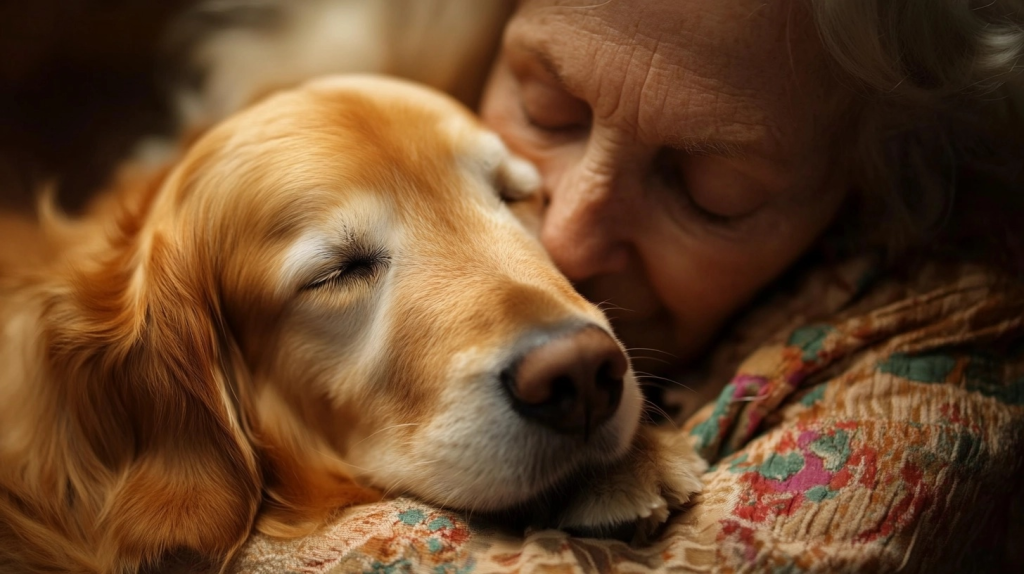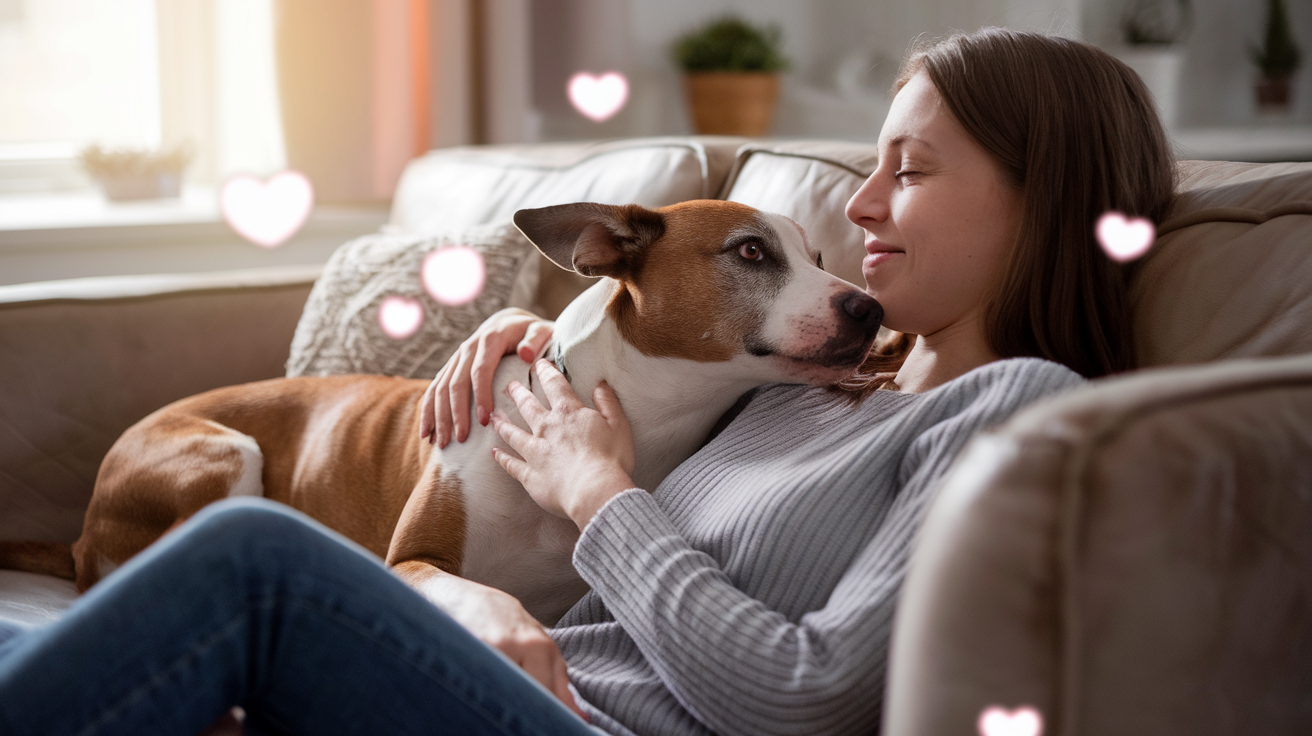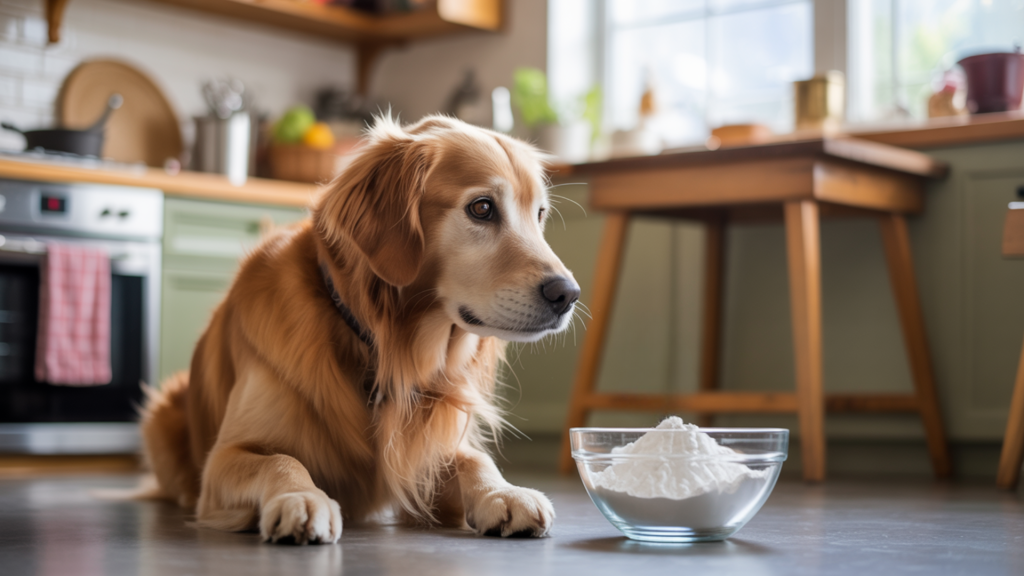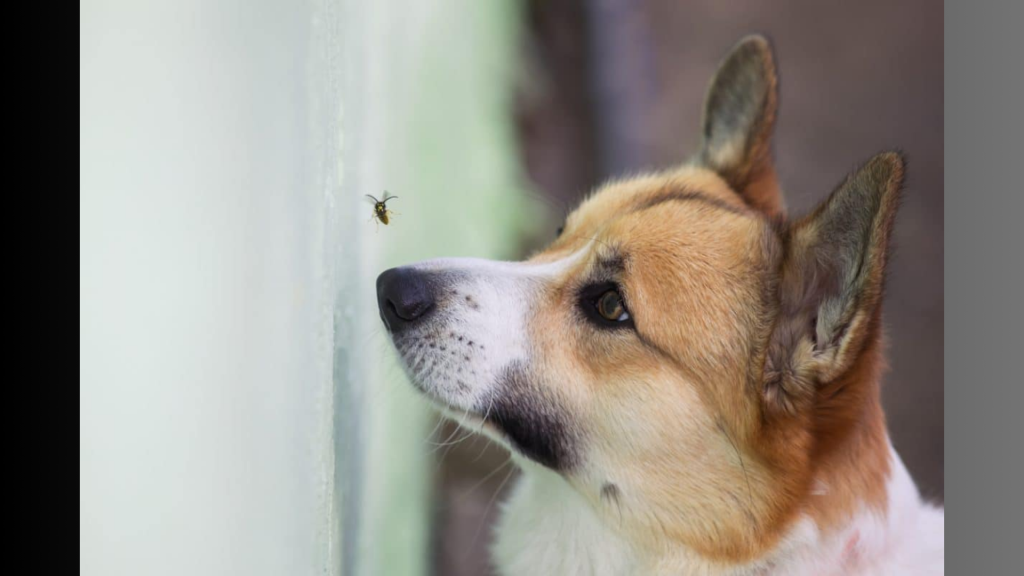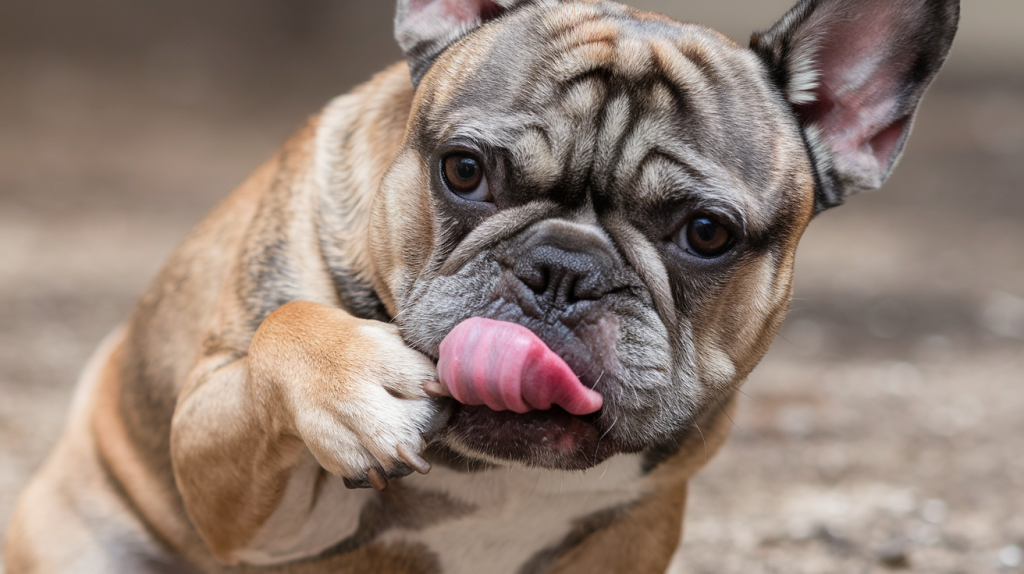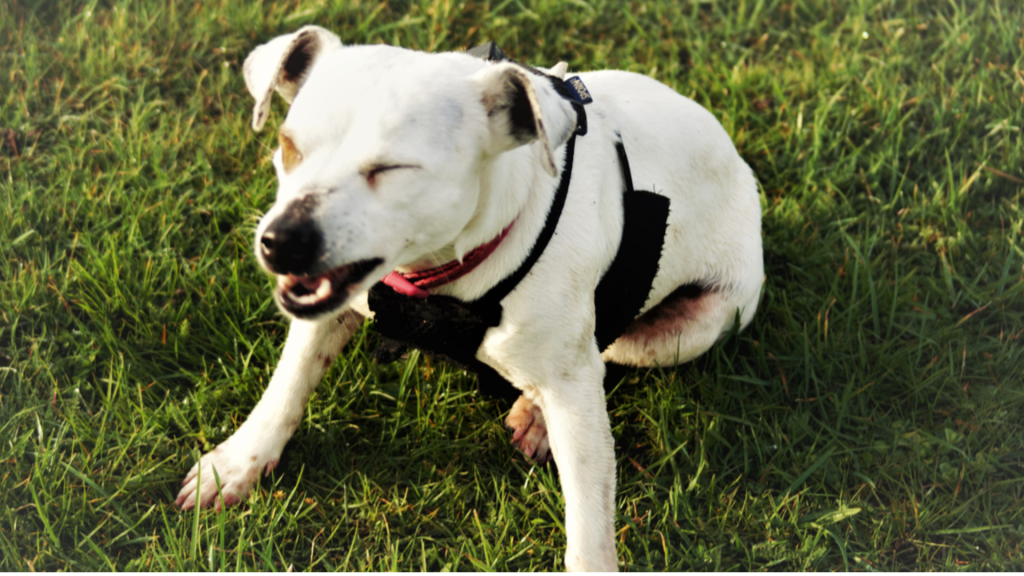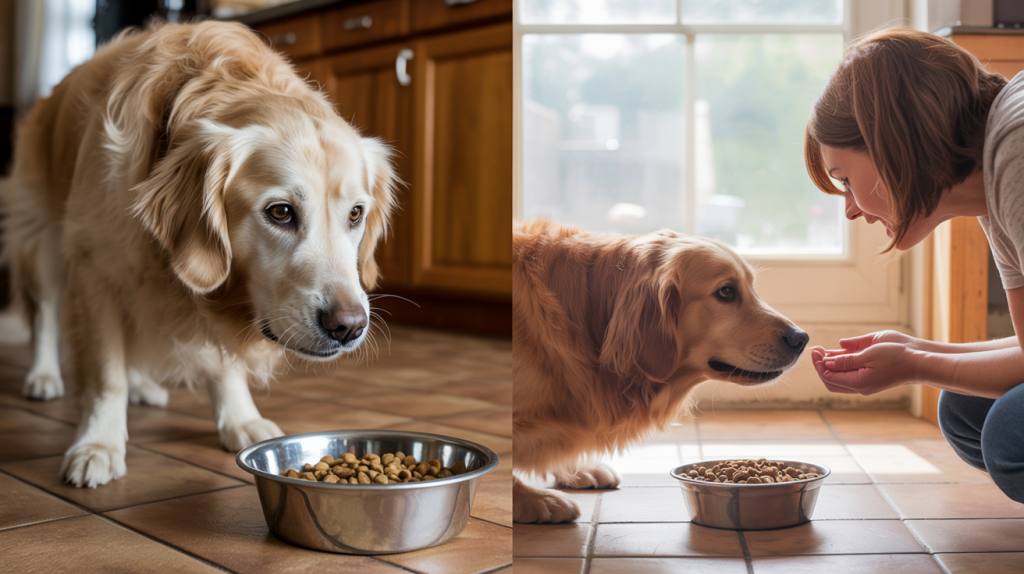Understanding the real reasons why do dogs like to cuddle can strengthen your bond with your dog and help you respond better to their needs. From biological triggers to emotional connections, the science reveals fascinating insights about this common behavior.
This post will uncover the hidden factors that make dogs seek physical closeness, check out when they’re most likely to cuddle, and reveal how different personalities and breeds approach snuggling.
Also, learn practical ways to recognize if your dog truly enjoys cuddling or just tolerates it.
Why Do Dogs Like to Cuddle with Humans?
Dogs seek cuddling for multiple interconnected reasons that stem from their natural instincts, emotional needs, and learned behaviors. These motivations work together to create strong preferences for physical contact with their human companions throughout daily life.
Natural Pack Bonding Instincts
Dogs inherit a strong pack mentality from their wolf ancestors, making physical closeness feel natural and comforting. In wild settings, canines huddle together for protection and social connection within their group structure.
Domestic dogs view human families as their pack members, driving them to seek similar bonding experiences. This instinctual behavior creates deep satisfaction when dogs maintain close physical contact with trusted humans.
Seeking Warmth and Physical Comfort
Body heat sharing provides practical benefits that make cuddling naturally appealing to dogs of all sizes. Smaller breeds especially benefit from the extra warmth during colder seasons or in air-conditioned environments. This temperature regulation behavior stems from survival instincts, where staying warm was essential for health.
Even comfortable indoor dogs continue to seek cozy spots next to their owners for optimal thermal comfort.
Emotional Security and Safety Needs
Physical contact with trusted humans helps dogs feel protected and secure in their environment. Many dogs actively seek cuddles during stressful situations like thunderstorms, fireworks, or unfamiliar circumstances.
The proximity to their owner provides psychological comfort and reduces anxiety levels significantly. This security-seeking behavior demonstrates how cuddling serves as a natural coping mechanism for managing stress and fear.
Love and Affection Expression
Cuddling represents one of the primary ways dogs communicate their deep affection for human family members. Physical closeness enables them to express emotional attachment without relying on vocal communication methods.
Dogs often initiate cuddling sessions to show appreciation for care, food, or positive interactions with their owners. This affectionate behavior strengthens the emotional bond between pets and humans through gentle, loving physical contact.
Learned Positive Behavior Patterns
Many dogs develop a preference for cuddling through repeated positive experiences and reinforcement from their owners. When cuddling results in praise, treats, or gentle attention, dogs learn to associate physical contact with good outcomes. This learned behavior becomes stronger over time as dogs receive consistent positive feedback during cuddling sessions.
The social learning aspect makes cuddling a rewarding activity that dogs actively pursue.
When Do Dogs Prefer to Cuddle Most?
Searching why do dogs like to cuddle reveals specific timing patterns based on their natural rhythms, emotional needs, and environmental factors.
Dogs demonstrate clear preferences for certain cuddling moments throughout the day when they feel most receptive to physical affection from their owners.
- Evening and Bedtime Hours: Most dogs seek cuddles during quiet evening periods when the household settles down. This mirrors their natural tendency to gather with pack members for rest and security.
- During Stressful Situations, Dogs often initiate cuddling during thunderstorms, fireworks, or unfamiliar circumstances. Physical contact provides comfort and reassurance when individuals feel anxious or uncertain.
- Cold Weather Periods: As temperatures naturally drop, dogs’ cuddling behavior increases as they seek warmth from their human companions. Smaller breeds especially show this pattern during the winter months.
- After Exercise or Play: Following active periods, many dogs enjoy calm bonding time with their owners. This post-activity cuddling helps them transition from excited states to relaxation.
- Morning Greetings: Some dogs prefer brief cuddling sessions upon waking or when their owners return home, using physical contact to reconnect after periods of separation.
Personality and Breed Differences in Cuddling
Before understanding why do dogs like to cuddle you should know that not every dog shows the same interest in cuddling. Just like people have different personalities, dogs also have their preferences when it comes to physical affection.
Some dogs love to snuggle all day, while others prefer to keep their distance and show love in different ways.
| Dog Type | Cuddling Preference | Explanation |
|---|---|---|
| Individual Personality | Varies greatly | Each dog has unique preferences, as some are naturally social and affectionate, while others are more independent. |
| Lap Dog Breeds | High cuddling preference | Cavalier King Charles Spaniels, Pugs, and Chihuahuas bred as companions, enjoy sitting on laps and staying close. |
| Large Breed Cuddlers | Surprisingly high preference | Great Danes and Mastiffs often think they’re lap dogs; they try to squeeze onto furniture with their owners, despite their size. |
| Working Breeds | Lower cuddling preference | Herding and guarding breeds are less inclined to cuddle; bred to be alert and task-focused |
| Rescue Dogs | Mixed preferences | Some become extra cuddly out of gratitude for love and security; others need time to develop trust in physical contact. |
How Does Cuddling Benefit Your Dog?
Understanding why do dogs like to cuddle becomes clearer when examining the multiple health and emotional benefits this behavior provides for canine companions through regular physical contact with their owners.
- Reduces Stress and Anxiety Levels – cortisol reduction and calming effects
- Strengthens the Human-Dog Bond – trust building and improved relationships
- Provides Physical Warmth and Comfort – temperature regulation benefits
- Boosts Happiness Through Hormone Release – oxytocin production for mood enhancement
- Offers Security During Fearful Moments – reassurance during stressful events
- Improves Sleep Quality and Rest – better sleep patterns and recovery
When Cuddling Might Signal Something Else
Sometimes what looks like affection isn’t actually about love at all. Dogs are smart, and they quickly learn that cuddling gets them attention, treats, or other rewards they want. If your dog suddenly becomes extra clingy, it might signal anxiety or fear rather than pure affection.
Health issues can also change cuddling behavior. Dogs experiencing pain may seek comfort through physical contact, or they might avoid it entirely if touching hurts. Senior dogs often become more cuddly as they feel less secure or develop age-related concerns.
Some dogs use cuddling as a way to claim territory or assert themselves, especially around food, toys, or favorite spots. Pay attention to your dog’s body language and overall behavior patterns. If cuddling habits change dramatically or seem forced, it’s worth considering what else might be driving this behavior beyond simple affection.
Wrapping Up
Now you know the real reasons behind the question “why do dogs like to cuddle” have multiple answers: from hormone releases and pack instincts to temperature regulation and stress relief. Each dog shows affection in a unique way, depending on its personality, breed, and past experiences.
Remember to watch your dog’s body language and respect their personal space and boundaries. Not every dog loves cuddling, and that’s perfectly normal. Whether your furry friend is a snuggle enthusiast or prefers showing love in other ways, understanding their preferences helps build a stronger, more trusting relationship.
Start observing your dog’s cuddling patterns today and strengthen your bond through respectful, loving interaction.

